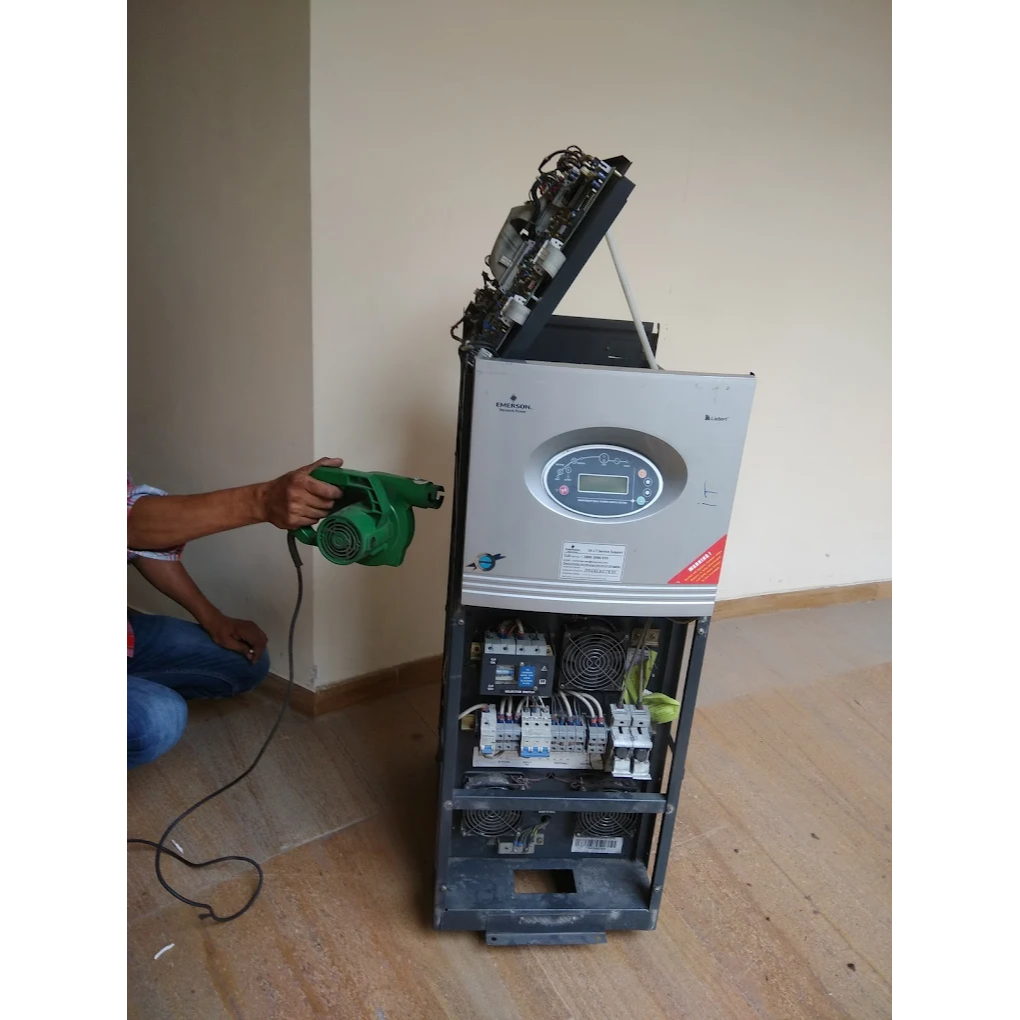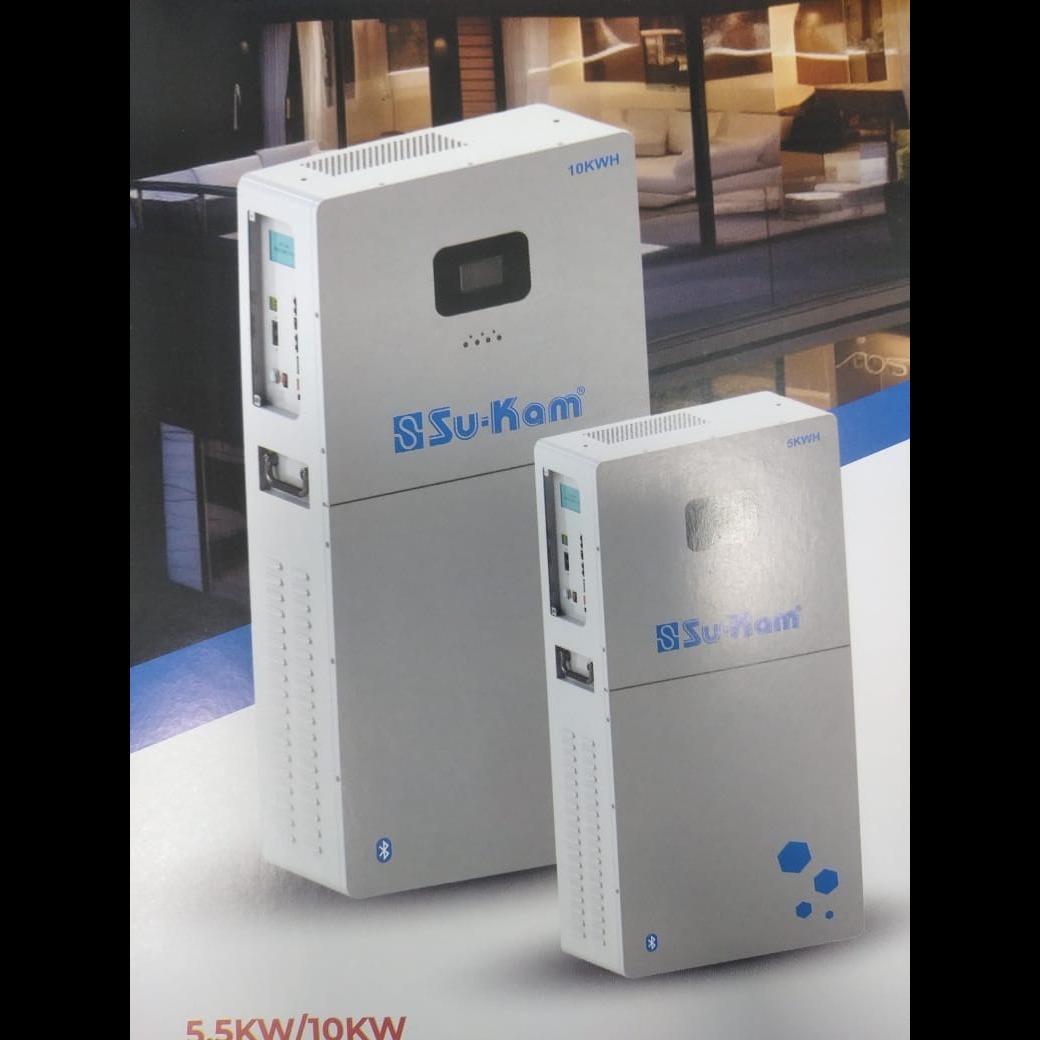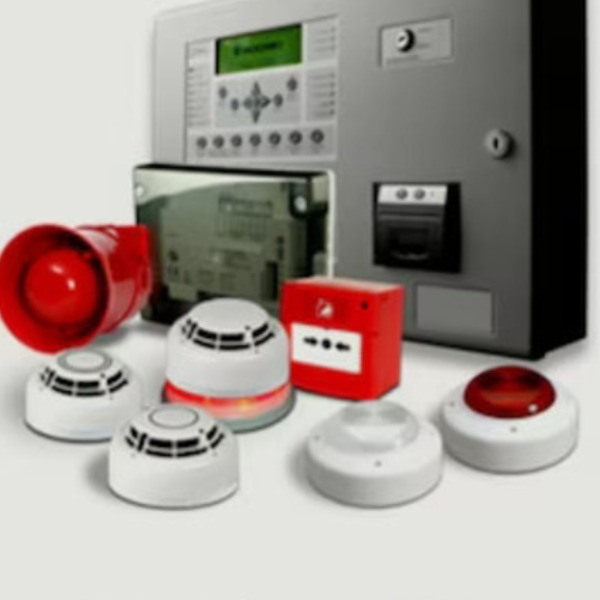
Ups Repair & Maintenance
1. Regular Inspection and Testing
Check battery health (voltage, capacity, and physical condition).
Inspect UPS internal components for dust, corrosion, or loose connections.
Perform load testing to verify UPS can support the attached equipment during power failures.
2. Battery Maintenance
Replace batteries every 3-5 years or as recommended by the manufacturer.
Keep battery terminals clean and tight.
Check electrolyte levels in lead-acid batteries if applicable.
Use properly rated replacement batteries for compatibility.
3. Firmware and Software Updates
Update UPS firmware/software to the latest version for optimal performance and security.
Schedule and monitor self-test diagnostics through UPS management software.
4. Cooling and Environment
Ensure proper ventilation around the UPS.
Maintain ambient temperature as recommended to avoid overheating.
Clean dust from fans, vents, and internal parts regularly.
5. Troubleshooting Common Issues
Frequent alarms or shutdowns: Check battery health or load conditions.
UPS not powering on: Inspect battery connections or internal fuses.
Overload errors: Reduce connected load or upgrade UPS capacity.
6. Professional Servicing
Engage certified technicians for complex repairs or major component replacements.
Regularly service the UPS as per manufacturer's schedule (usually annually).
Keep maintenance logs for uptime tracking and warranty purposes.
Benefits of Proper UPS Maintenance
Prolongs UPS and battery lifespan.
Enhances system reliability during power disruptions.
Minimizes downtime and prevents data loss or hardware damage.
Reduces long-term repair costs.
Keywords
35 years
uptime tracking
maintenance logs
manufacturers schedule
complex repairs
fans vents
security schedule
optimal performance
latest version
compatibility 3 firmware
leadacid batteries
attached equipment
verify ups
dust corrosion
load conditions ups
prevents data loss
warranty purposes benefits
inspect battery connections
monitor selftest diagnostics
battery terminals clean



